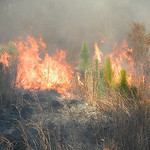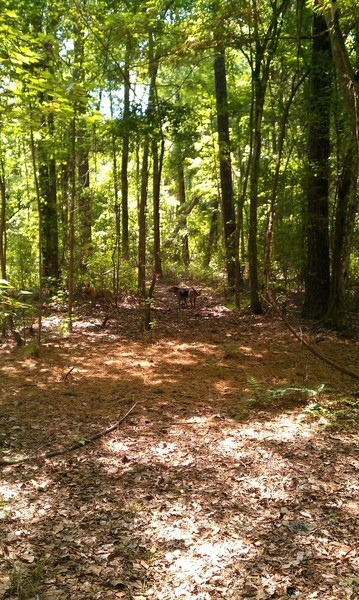Here it is:
Here it is
John S. Quarterman, Gretchen Quarterman, Brown Dog, Yellow Dog,
Pictures by John S. Quarterman for Okra Paradise Farms, Lowndes County, Georgia, 26 June 2012.
It’s an Italian squash. Closeup:
Here it is:
Here it is
John S. Quarterman, Gretchen Quarterman, Brown Dog, Yellow Dog,
Pictures by John S. Quarterman for Okra Paradise Farms, Lowndes County, Georgia, 26 June 2012.
It’s an Italian squash. Closeup:
The mimosa tree Albizia julibrissin is an invasive exotic that got imported because its flowers look pretty.
Flowers
Pictures by John S. Quarterman for Okra Paradise Farms, Lowndes County, Georgia, 27 May 2012.
Closeup:
Last week Gretchen and I had to search to find a few pounds of okra. This morning, Terry Davis and I picked 44 pounds of okra:
Terry Davis and the okra
Pictures by John S. Quarterman for Okra Paradise Farms, Lowndes County, Georgia, 25 June 2012.
Picking up:
Continue readingChinaberry:
John S. Quarterman, Gretchen Quarterman,
Brown Dog, Yellow Dog,
Lowndes County, Georgia, 1 June 2012.
Pictures by Gretchen Quarterman for Okra Paradise Farms.
More about this invasive exotic from southeast Asia at bugwood.org.
-jsq
Lily:
Pictures by Gretchen Quarterman for Okra Paradise Farms, Lowndes County, Georgia, 22 April 2012.
Lilies:
These are the same longleaf planted in 2008, blogged 10 October 2010, burned a second time  16 December 2011, and greening and candling again February 2012.
16 December 2011, and greening and candling again February 2012.
Pictures of Gretchen Quarterman with the planted longleaf (Pinus palustris)
by John S. Quarterman for Okra Paradise Farms, Lowndes County, Georgia, 17 April 2012.
Almost all of them survived the prescribed burn, and many of them are quite tall. The planted little bluestem and big bluestem are also thriving, along with native verbena, and some less savory invasive exotics, including trash along the road. Plus Gretchen’s favorite: dog fennel! And along the fence row cedars, pecans, plums, grapes, wild cherry, and a gopher tortoise. Here’s a flickr slideshow:
We didn’t know there were any longleaf at the bottom of the pond, but the white candles are unmistakable:
Pictures of Longleaf pine (Pinus Palustris) by Gretchen Quarterman
for Okra Paradise Farms, Lowndes County, Georgia, 22 April 2012.
The needles are also longer than on the nearby slash pines:
Continue readingBrown Dog and Yellow Dog in some red pine needles:

John S. Quarterman, Gretchen Quarterman, Brown Dog, Yellow Dog,
Lowndes County, Georgia, 11 April 2012.
Pictures by John S. Quarterman for Okra Paradise Farms.
And the reason why they’re red:
Continue reading  Potatoes red and white, peas, onions, turnips, collards, and radishes!
Potatoes red and white, peas, onions, turnips, collards, and radishes!
Here’s a playlist:
Growing in the Garden
Gretchen Quarterman explains it all for you, assisted by Brown Dog and Yellow Dog.
Videos by John. S. Quarterman for Okra Paradise Farms, Lowndes County, Georgia, 27 March 2012.
-jsq